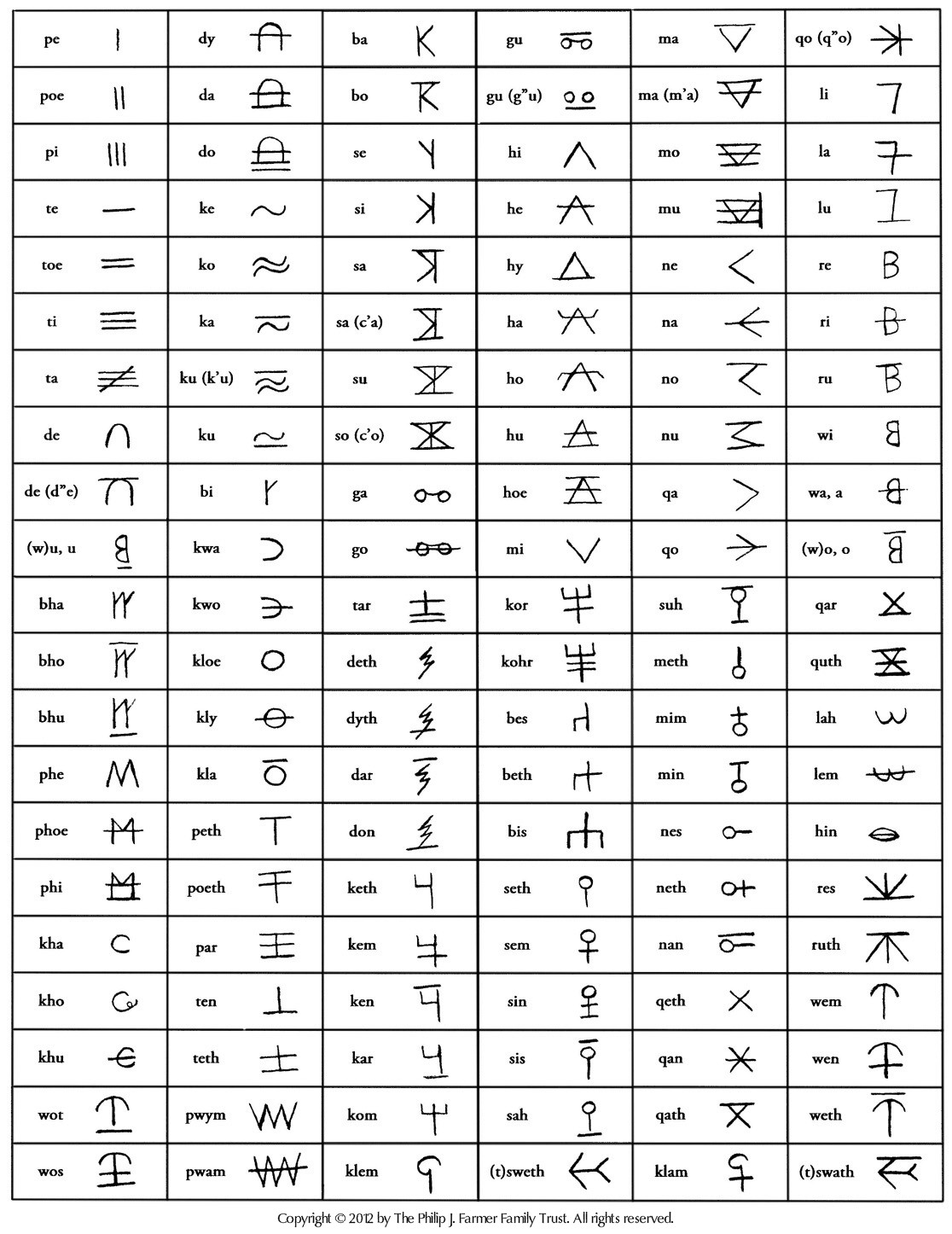
While there are 117 base glyphs in the written Khokarsan syllabary, standard city-Khokarsan has a total of 120 base spoken syllables. These counts exclude the seven regional click-consonant doublets employed primarily in the northwestern section of the city of Khokarsa (d"e, k"u, c"a, c"o, g"u, m"a, and q"o), the nonstandard kohr, and the meaningless loan-syllable -par. The glyph for the vocalic syllable a is shared with the glyph for wa; the glyph for the vocalic syllable o is shared with the glyph for wo; and the glyph for the vocalic syllable u is shared with the glyph for wu. Thus, the 126 glyphs illustrated in the Khokarsan Syllabary and Glyphs charts on this webpage minus 7 glyphs for regional doublets minus 1 glyph for kohr minus 1 glyph for -par equals 117 base glyphs. The total number of base spoken syllables in standard city-Khokarsan is arrived at as follows: 3 vocalic syllables plus 52 syllables of V + C construction plus 14 syllables of CC + V construction plus 45 syllables of C + V + C construction plus 6 syllables of CC + V + C construction equals 120 base spoken syllables.
A detailed description of the Khokarsan language may be found in the limited edition of Gods of Opar: Tales of Lost Khokarsa.

Text Copyright © 2012 by Christopher Paul Carey. All rights reserved.